Caramelized Fennel, Swiss Chard, and Chickpea Stew

Here are three reasons that you should make this caramelized fennel, Swiss chard, and chickpea stew:
- It contains simple, affordable ingredients that you can easily find at the supermarket.
- Rich and aromatic, it’s light enough for a warm summer day but satisfying enough for cooler seasons.
- Caramelized fennel will make your kitchen smell like heaven.
Convinced? Read on for the recipe, and get what could be the happiest ingredient list ever.
🥗 About this recipe
Fennel is one of my favorite vegetables. The fresh bulb is a crisp and refreshing addition to salads, while the cooked versions adds an aromatic depth to everything from soups (see: Tuscan Bean Soup with Kale and Fennel) to spreads (see: Fava Bean Purée with Fennel and Mint).
This particular recipe was inspired by one I found in Bon Appetit for olive oil roasted tomatoes and fennel with white beans. These are, after all, a few of my favorite things.
But when I thought about making the recipe as written, it felt a bit too similar to my Tuscan White Bean Stew. So, I dreamed up a way to keep the elements that I loved from the original recipe, while putting my own spin on them.
The result? A light, brothy stew with pleasingly contrasting textures and seamlessly blended flavors.
Served with crusty bread or a crisp salad, it’s a perfect light dinner for a stormy summer night, when you want something that’s warm and comforting without being too heavy.
✔️ Ingredients
Fennel
The bulbs and seeds of the fennel plant are used in cuisines spanning Europe, Asia, and the Middle East. When raw, its mild aroma resembles anise or mint, and is often described as tasting like licorice.
I, for one, am no fan of licorice, but I adore fennel. So if the licorice description has prevented you from cooking with fennel, I’d encourage you to try cooking with it at least once. Maybe you will be surprised to find that you like it as much as I do.
In this recipe, we’re using every part of the fennel – well, almost. (And the end result doesn’t taste a bit like that certain polarizing candy product).
The bulb will be sliced. The thicker parts of the stems will be diced like celery. And the most delicate fronds will be finely chopped.
The wiry bits of stems that are too skinny to chop, but too tough to chew, will be discarded, though. I like to set them aside to use in vegetable stock.
Tomatoes
Cherry or grape tomatoes add a tangy note that balances out the sweetness of the fennel.
You may, of course, use any type of fresh tomato; chopped Roma or another smaller variety would likely work well.
I prefer to use cherry tomatoes for two reasons: first, because they hold their shape during cooking, and don’t dissolve into the broth. And second, because the ones at the store tend to have a better flavor and texture during the winter off-season, other types of tomatoes are bland and mealy.
Chickpeas
Chickpeas, or garbanzo beans, manage to become soft and comforting when cooked, while also retaining their shape.
Here, I use canned chickpeas along with the liquid from the can. That liquid adds body and flavor to the stew’s broth.
You could also cook dried chickpeas to use in this stew. If you go that route, I would recommend using about one cup of the cooking liquid in the stew to replace the liquid from the canned beans.
Swiss chard
With a silky texture and mildly earthy flavor that can sometimes include a hint of smoke, Swiss chard plays well with the other ingredients in this chickpea stew.
You can use any variety of chard: red, white, or rainbow are interchangeable in this recipe. Just be sure to look for a bunch of Swiss chard with sturdy, glossy leaves. They won’t be as stiff as, say, collard greens, but should have a bit more heft than something like romaine lettuce.
If you do end up with a more delicate bundle of Swiss chard, be careful not to overcook the greens, lest they become mushy. Add at the end of cooking and serve just after they have thoroughly wilted for the best texture.
Olive oil, onion, garlic, & vegan chicken bouillon cube
Sautéing in olive oil tones down the pungent qualities of both the onion and garlic, allowing them to support the fennel in forming this stew’s aromatic base.
Along with the chickpea liquid, these aromatics combine with the vegan chicken bouillon to make a savory broth. I like to use fluffy bread, like challah or a baguette, to sop up every last bit.
✏️ Instructions
Prepare the fennel by cutting the stems off of the bulb. Then, slice the bulb into thin wedges, leaving a bit of the base to join the layers of each wedge together.
Dice the thickest part of the fennel stems, then finely chop the delicate fronds.
Heat the oil over medium-low heat in a high-walled skillet or braising pan. Then place the fennel bulb wedges in a single flat layer, flipping after about 10 minutes (or when they begin to take on a deep brown color) and repeat on the other side.
Add the onion and fennel stems, stirring occasionally until the onions are translucent.
Add the garlic, cherry tomatoes, and the chickpeas with their liquid. Clear a bit of space and break up the bouillon cube a bit into the chickpea liquid. Cover and simmer for about 5 minutes.
Add the Swiss chard and cover to allow the greens to wilt. After a few minutes, uncover and stir occasionally until the chard is evenly wilted but not mushy. Serve immediately.
💡 Tips and Substitutions
This stew is generally very easy to make, and the only way to ruin it is to overcook the Swiss chard. That will render it mushy and bitter.
Warning: Don’t overcook the Swiss chard! It will become mushy, and nobody wants that.
That said, there are two more tips that I would like to share.
First, if you take a look at the nutritional information below, you’ll see that this stew is not exactly light on sodium.
If you are watching your salt intake, there are a few things you can do to cut back:
- Use low-sodium canned chickpeas
- Use about one cup of low-sodium vegetable broth instead of the chickpea liquid and bouillon
- Cook your own dried chickpeas without salt, and use that cooking liquid in the recipe.
The second tip has to do with making a prettier presentation of the final dish. This modification will also cut the fennel flavor in the stew, which could be a good thing or a bad thing, depending on how you feel about fennel.
To make it extra beautiful, remove the fennel bulb wedges from the pan after caramelizing them and set them aside on a dish.
Then, proceed as instructed.
Immediately after the Swiss chard has wilted, arrange the fennel wedges on top of the stew.
Substitutions
Swiss chard
Swiss chard is a mild leafy green, so there are a few others that can stand in for it.
Spinach or Tuscan kale would be good options for flavor, texture, and appearance. Follow the instructions for Swiss Chard for either one.
Chickpeas
Any white bean, like cannellini or great northern, will work for this stew. These types of beans tend to be softer and milder than chickpeas, so keep that in mind if you make the swap.
If you want an earthier flavor, brown or green lentils would also hold their own here. I usually cook dried lentils, rather than buying canned, so you will just need to build the lentil cooking time into your plan.
🧰 What you’ll need to make this chickpea stew
Note: This section contains affiliate links. I may earn a small commission if you follow the links and make a purchase. This doesn’t cost you anything, and it helps me continue running Bittertreats.
- A knife and cutting board
- A colander
- A large pot or large, high-walled pan
Caramelized Fennel, Swiss Chard, and Chickpea Stew
Recipe details
Ingredients
- 1 fennel bulb with its stems and fronds
- 2 tablespoons olive oil
- 1 onion, diced
- 6 cloves garlic, minced
- 1 pint of cherry or grape tomatoes
- 1 can of chickpeas with their liquid
- 1 vegan chicken bouillon cube
- 1 bunch of Swiss chard, chopped or torn into bite-sized pieces
Instructions
- Prepare the fennel by cutting the stems off of the bulb. Then, slice the bulb into thin wedges, leaving a bit of the base to join the layers of each wedge together. Dice the thickest part of the stems, then finely chop the delicate fronds.
- Heat the oil over medium-low heat in a high-walled skillet or braising pan. Then place the fennel bulb wedges in a single flat layer, flipping after about 10 minutes (or when they begin to take on a deep brown color) and repeat on the other side.
- Add the onion and fennel stems, stirring occasionally until the onions are translucent.
- Add the garlic, cherry tomatoes, and the chickpeas with their liquid. Clear a bit of space and break up the bouillon cube a bit into the chickpea liquid. Cover and simmer for about 5 minutes.
- Add the Swiss chard and cover to allow the greens to wilt. After a few minutes, uncover and stir occasionally until the chard is evenly wilted but not mushy. Serve immediately.
Tips
- For a less-pronounced fennel flavor (but a fancier presentation), remove the fennel slices after caramelizing and set them aside until after the chard is wilted, then place them back into the stew.
- Good-quality canned chickpeas are essential for this stew. I've learned the hard way that the cheapest beans at the supermarket do not perform well in this stew. It's so light and brothy that the flavor and texture both need to be on point.
- Canned chickpeas and bouillon cubes both contribute sodium to this dish, even though there is no added salt. To cut back, you may use low-sodium chickpeas, and/or omit the bouillon cube, strain the chickpeas, and add about a cup of low-sodium vegetable broth instead.




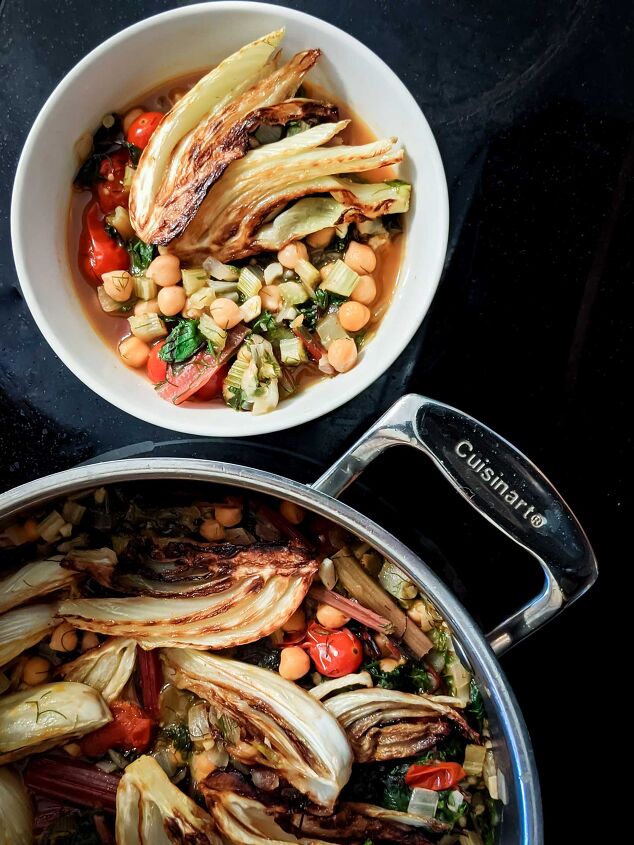










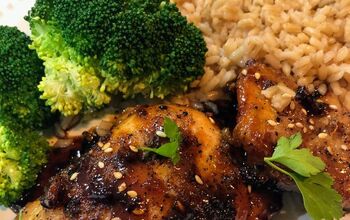



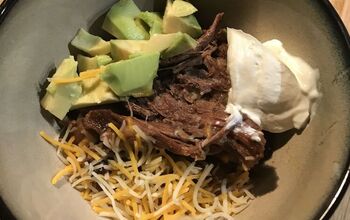
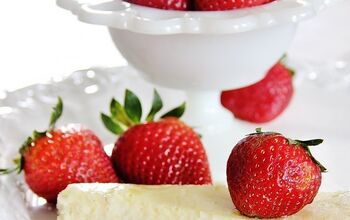


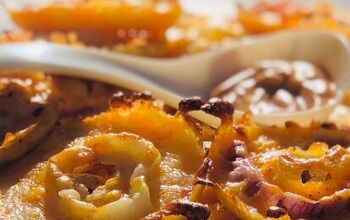

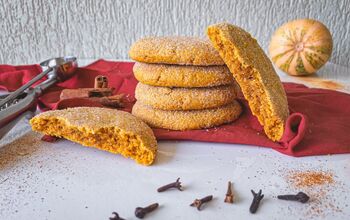

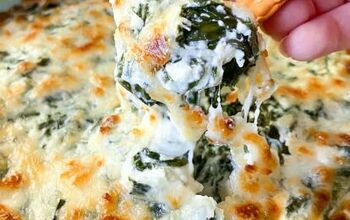


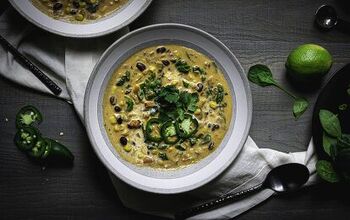
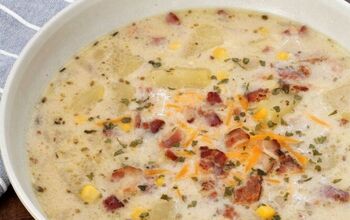
Comments
Share your thoughts, or ask a question!
Looks delicious